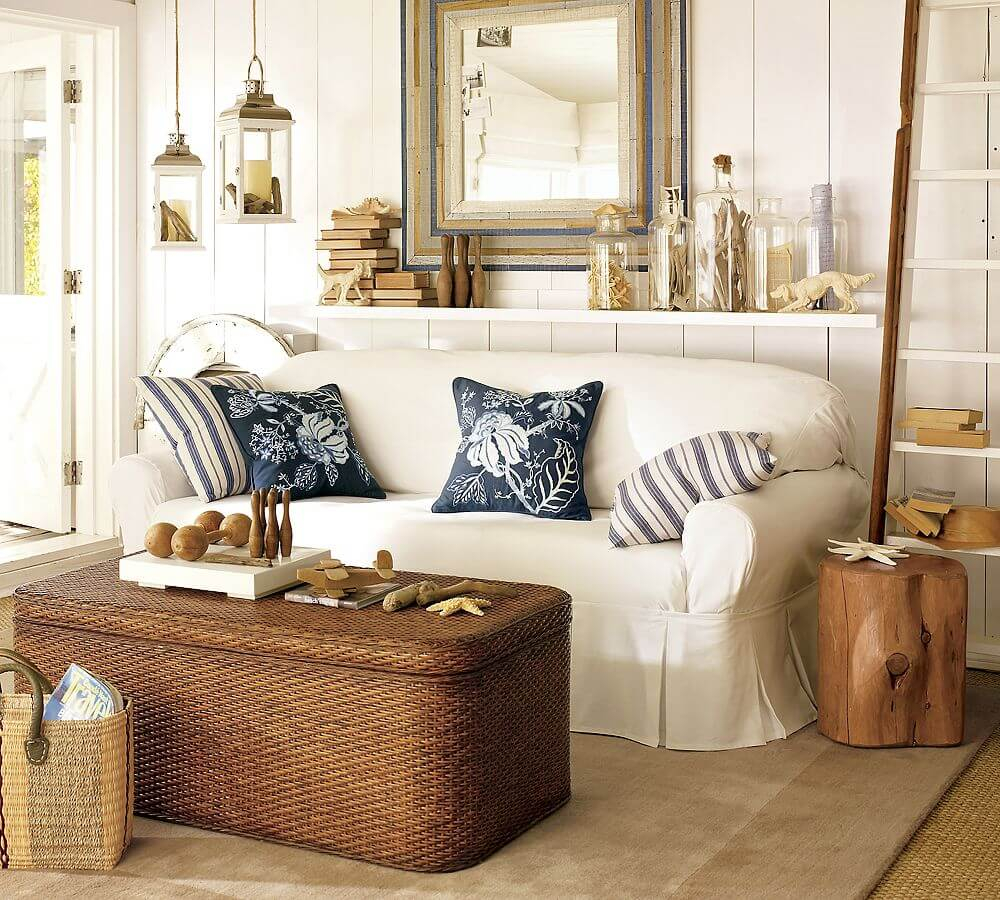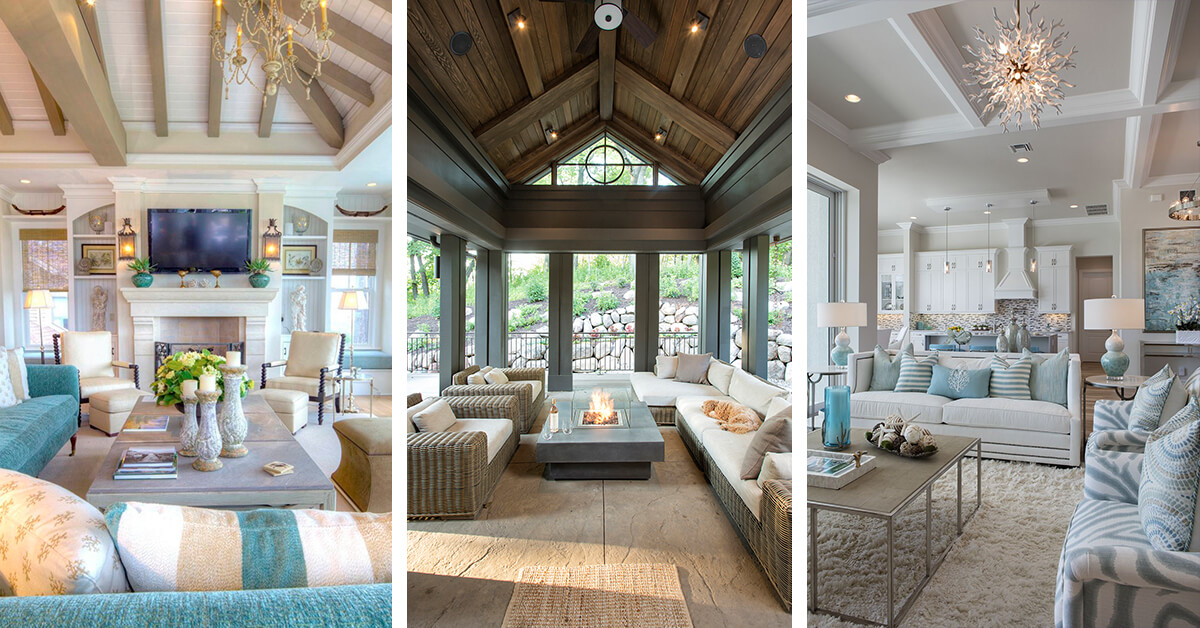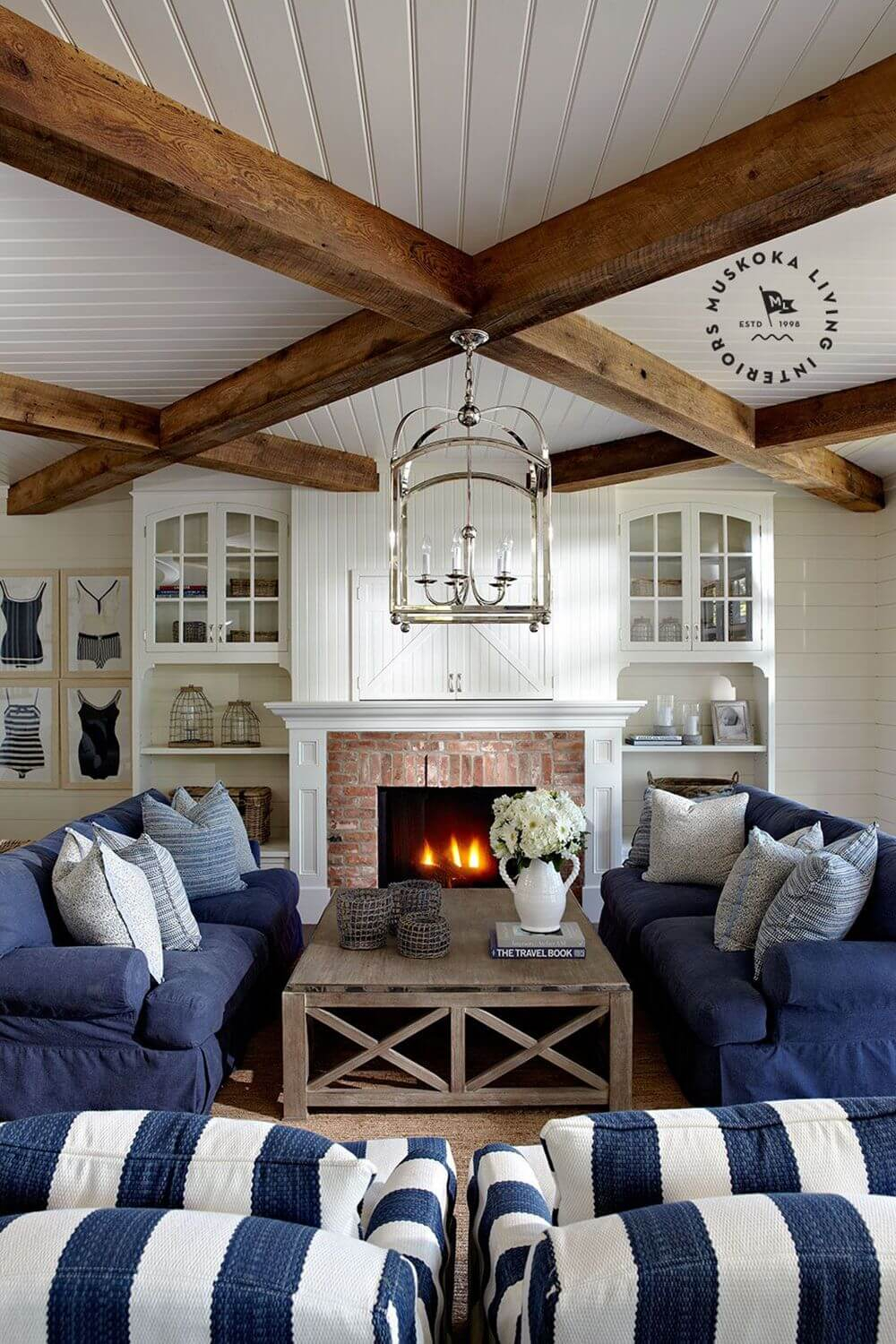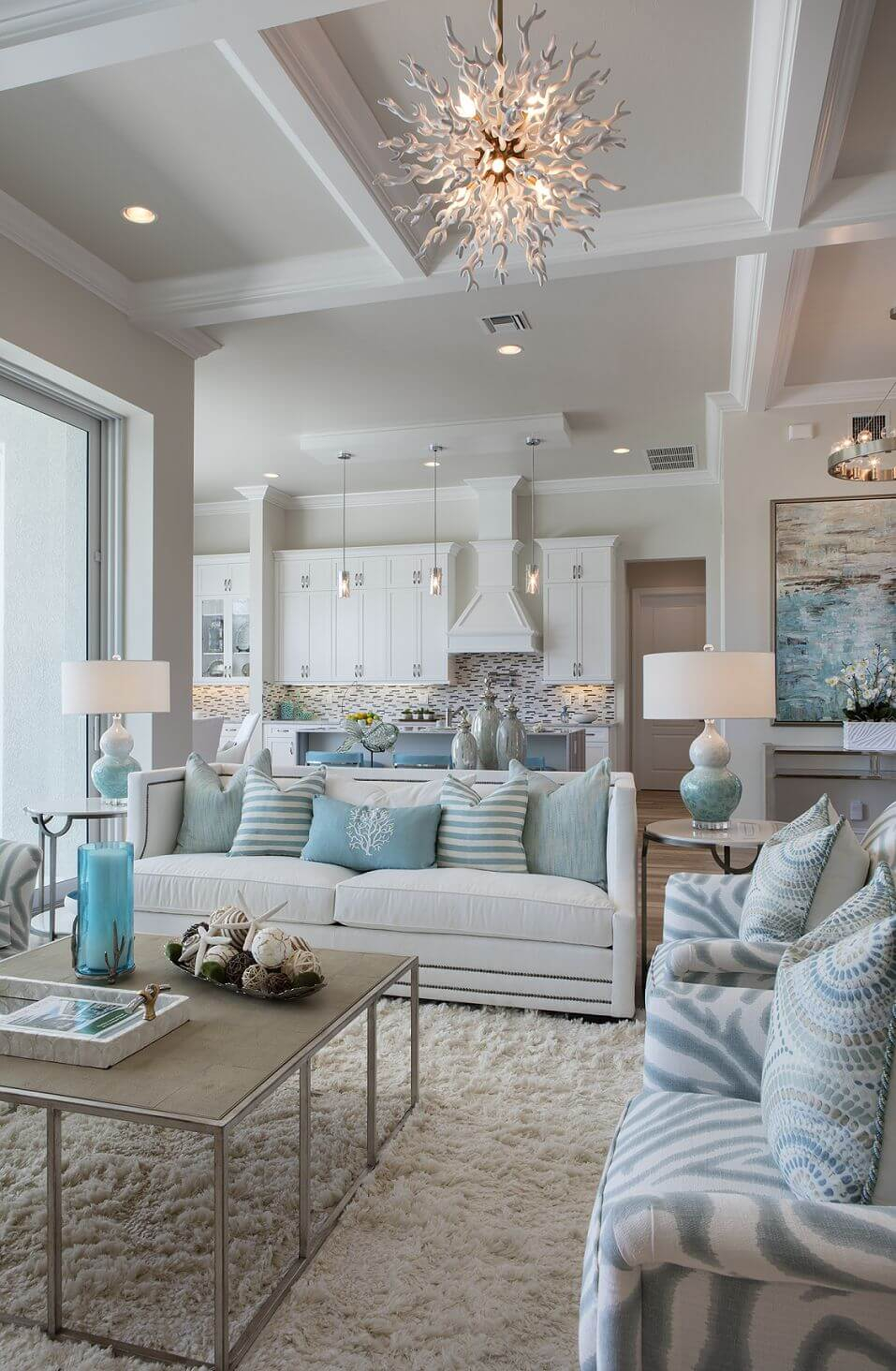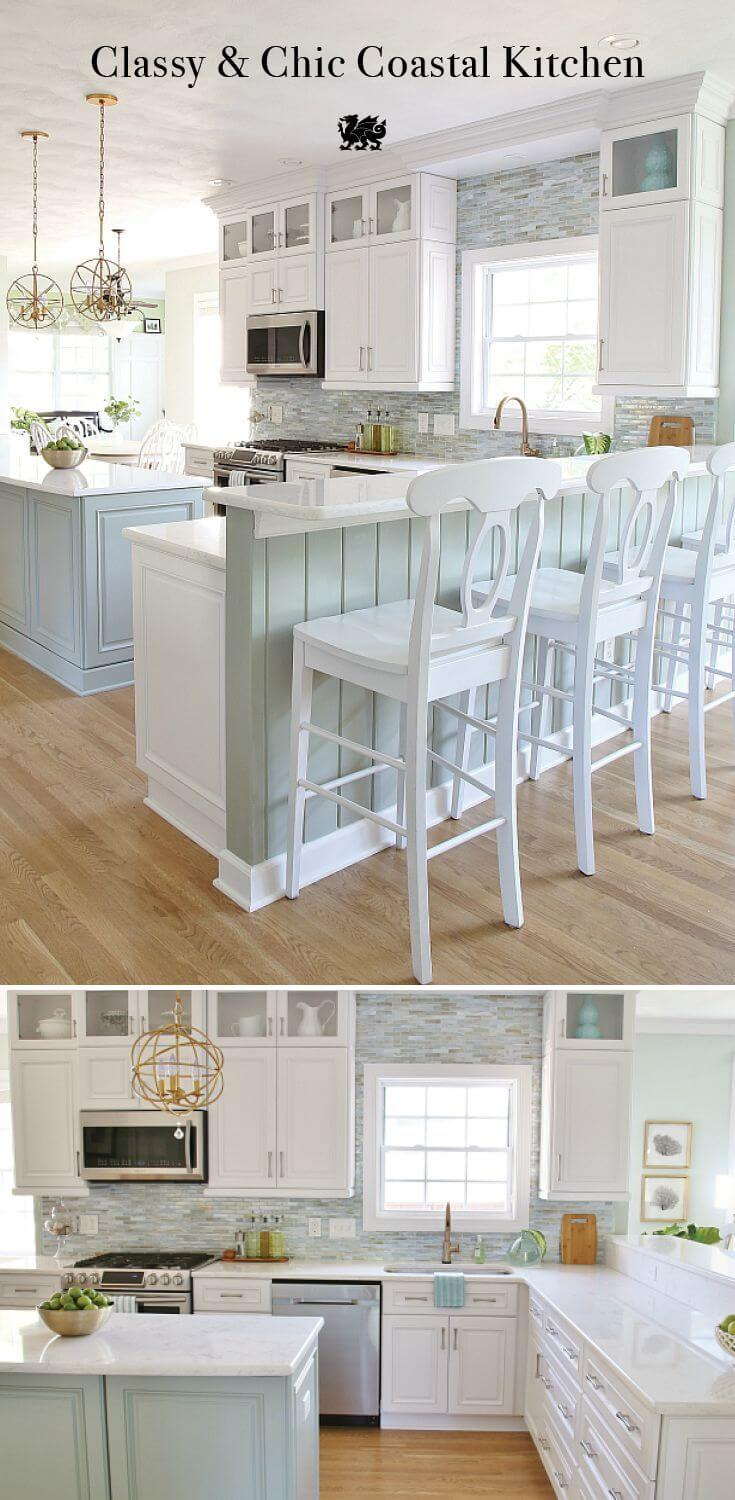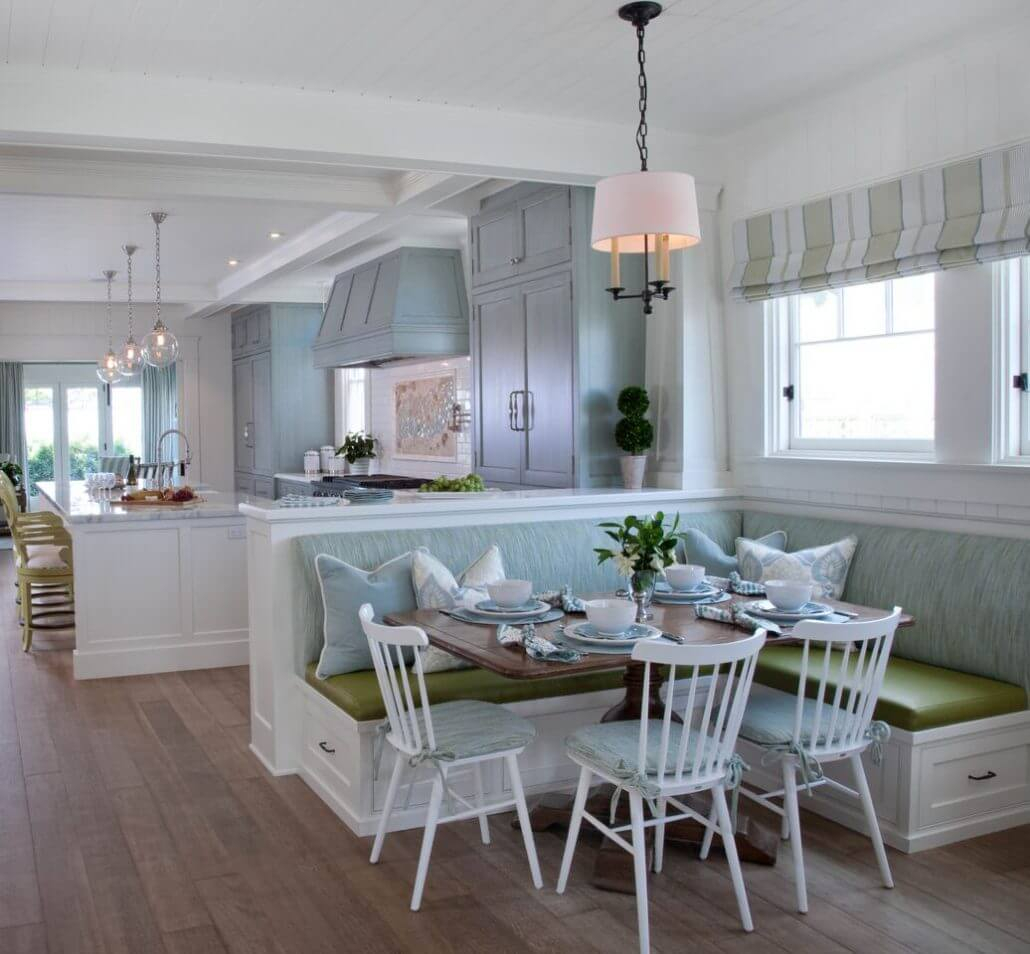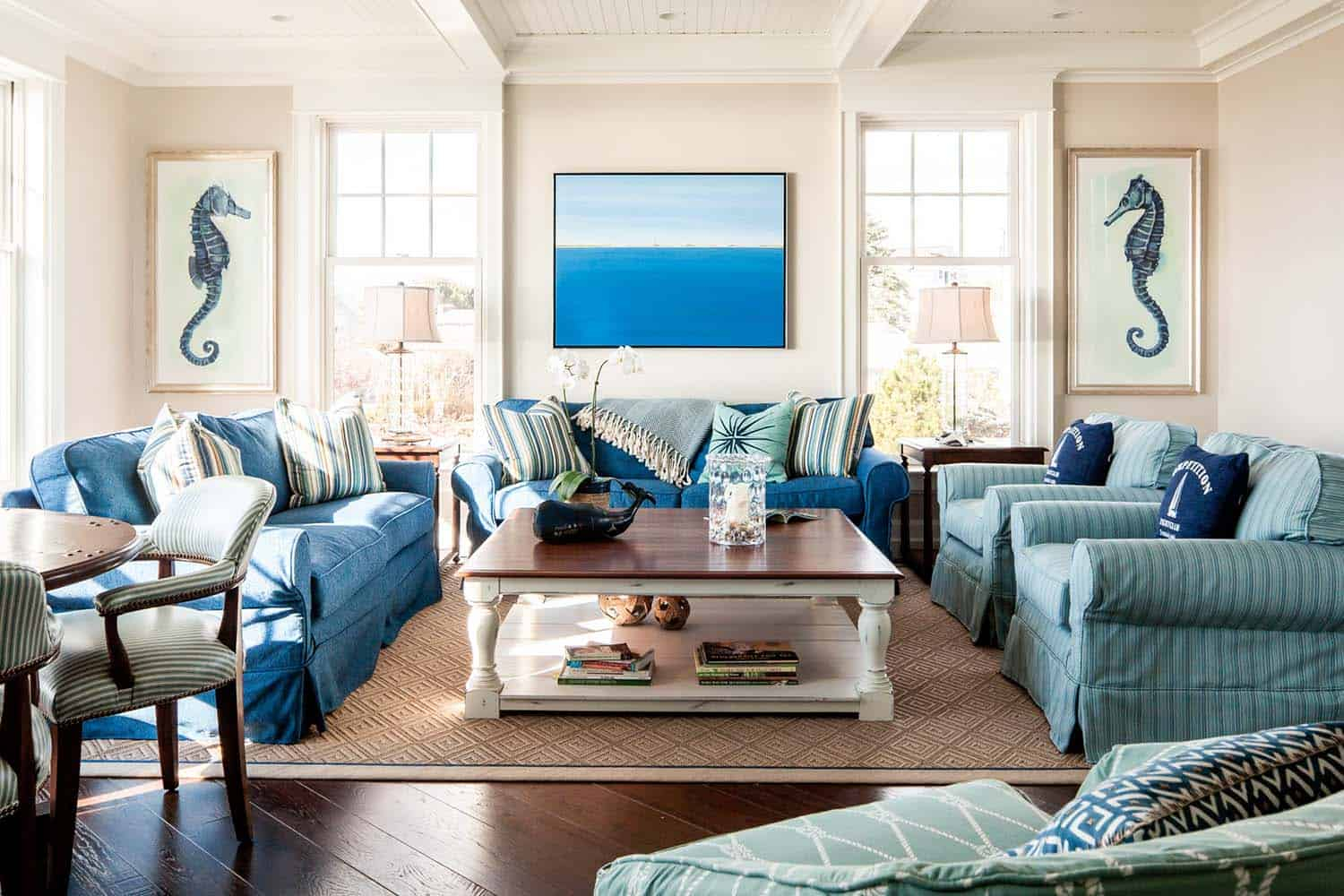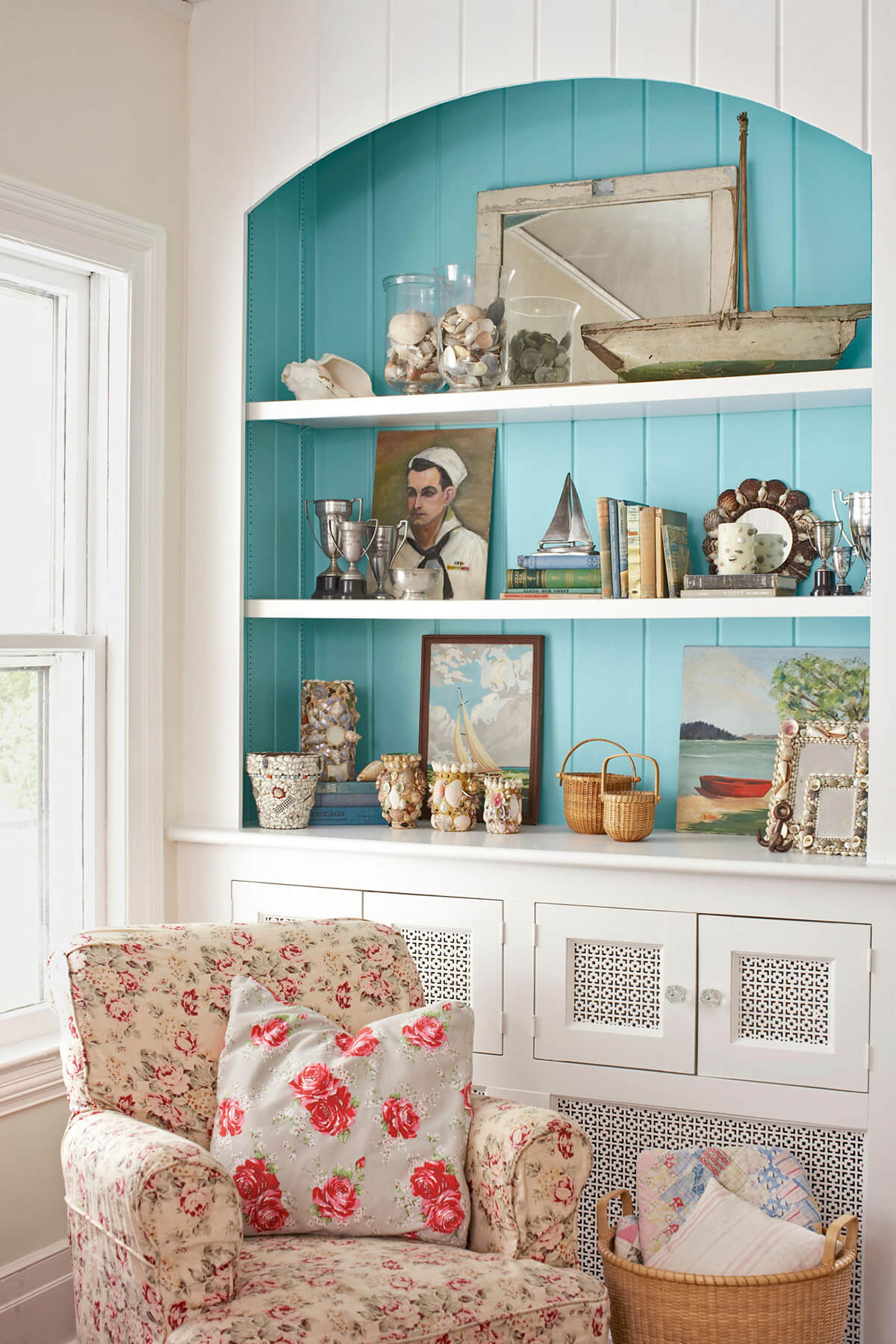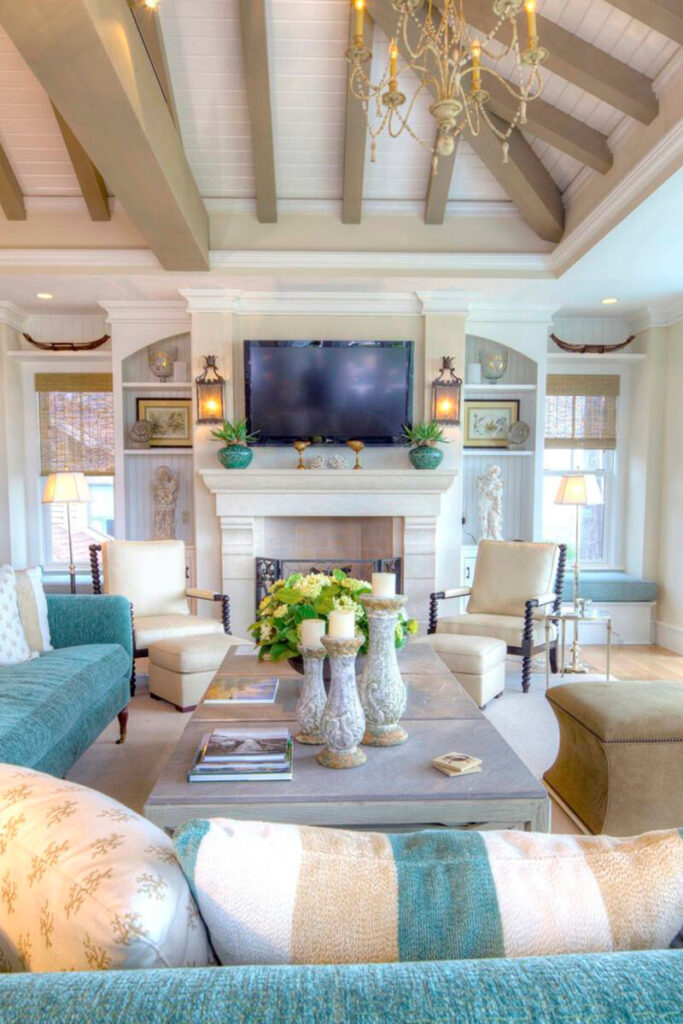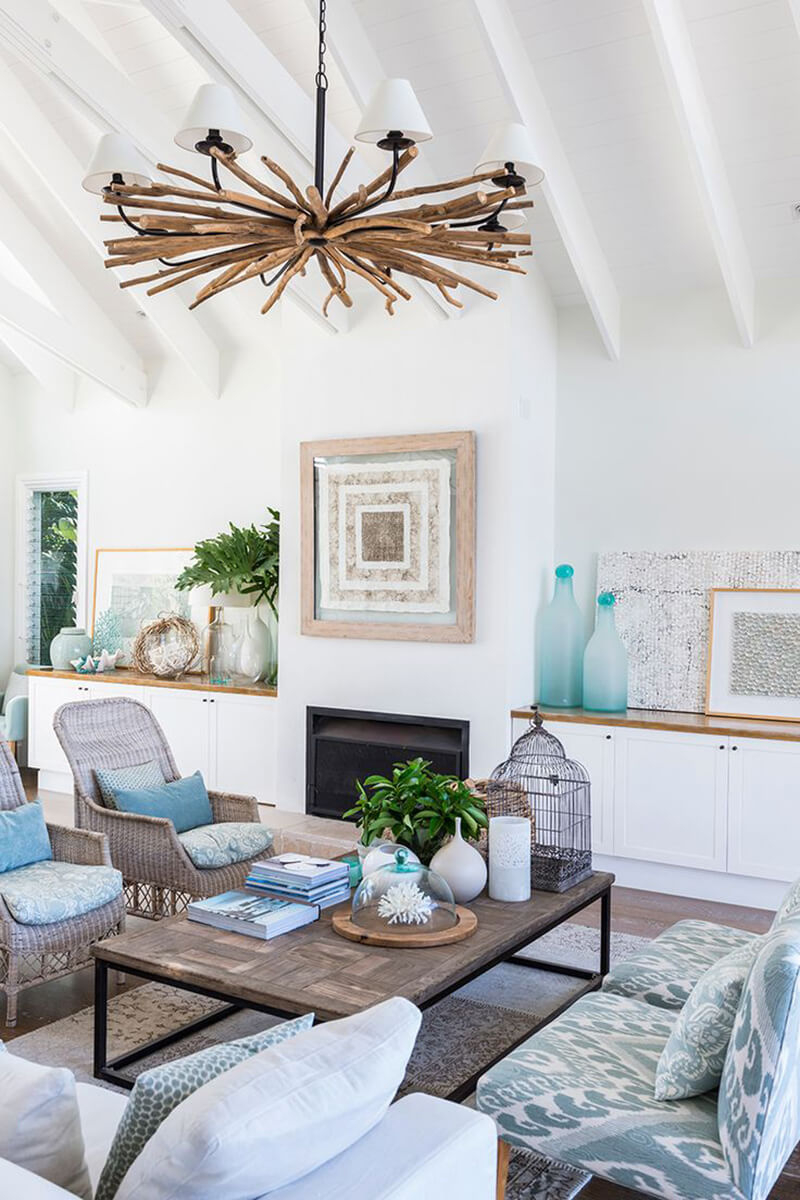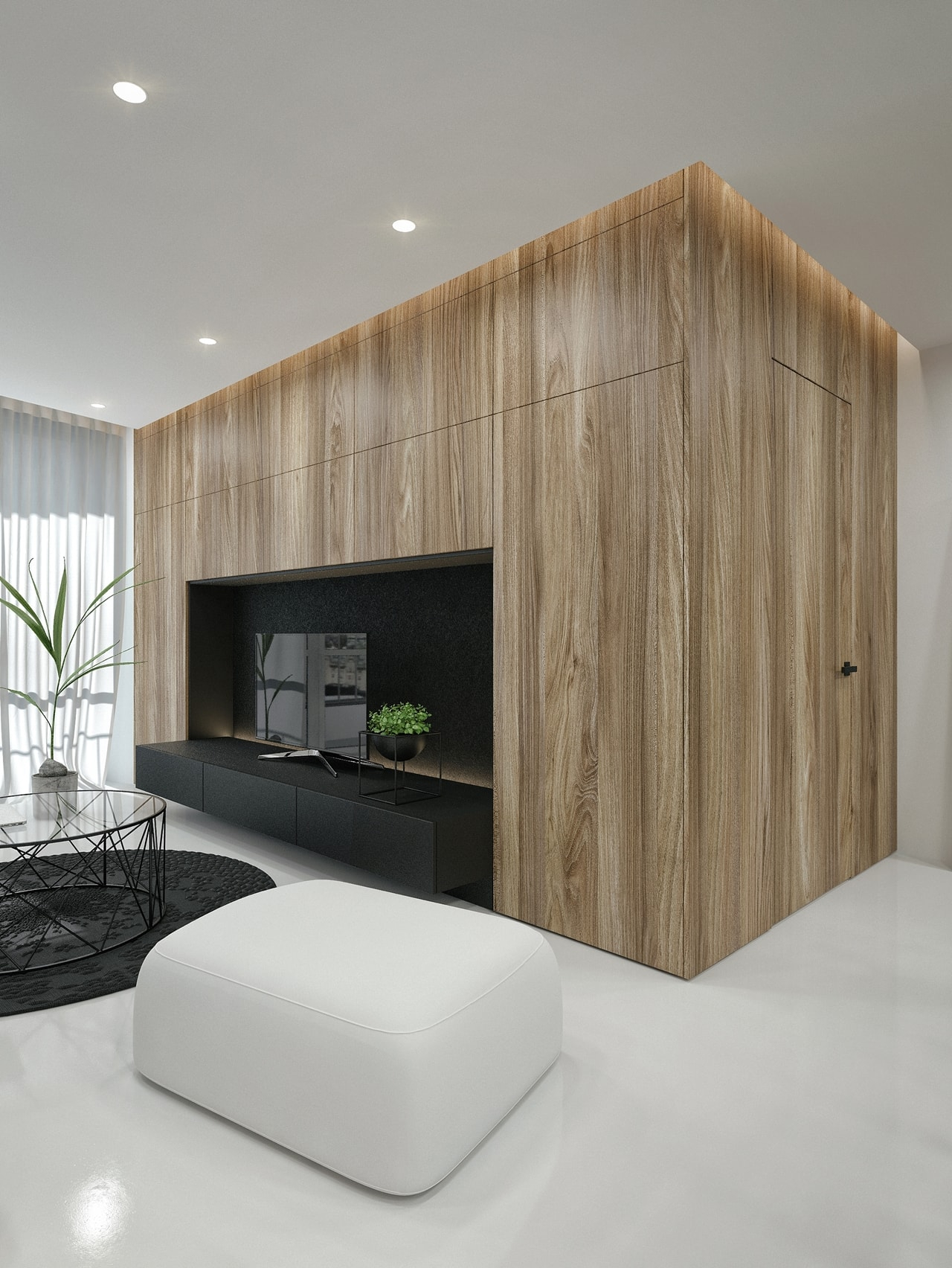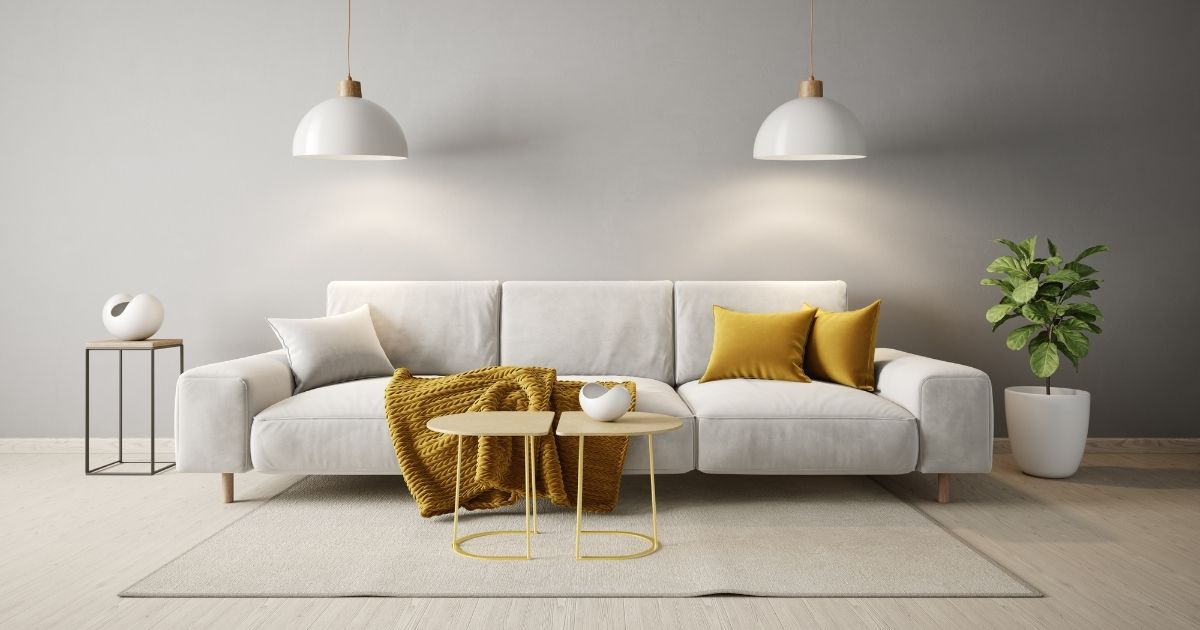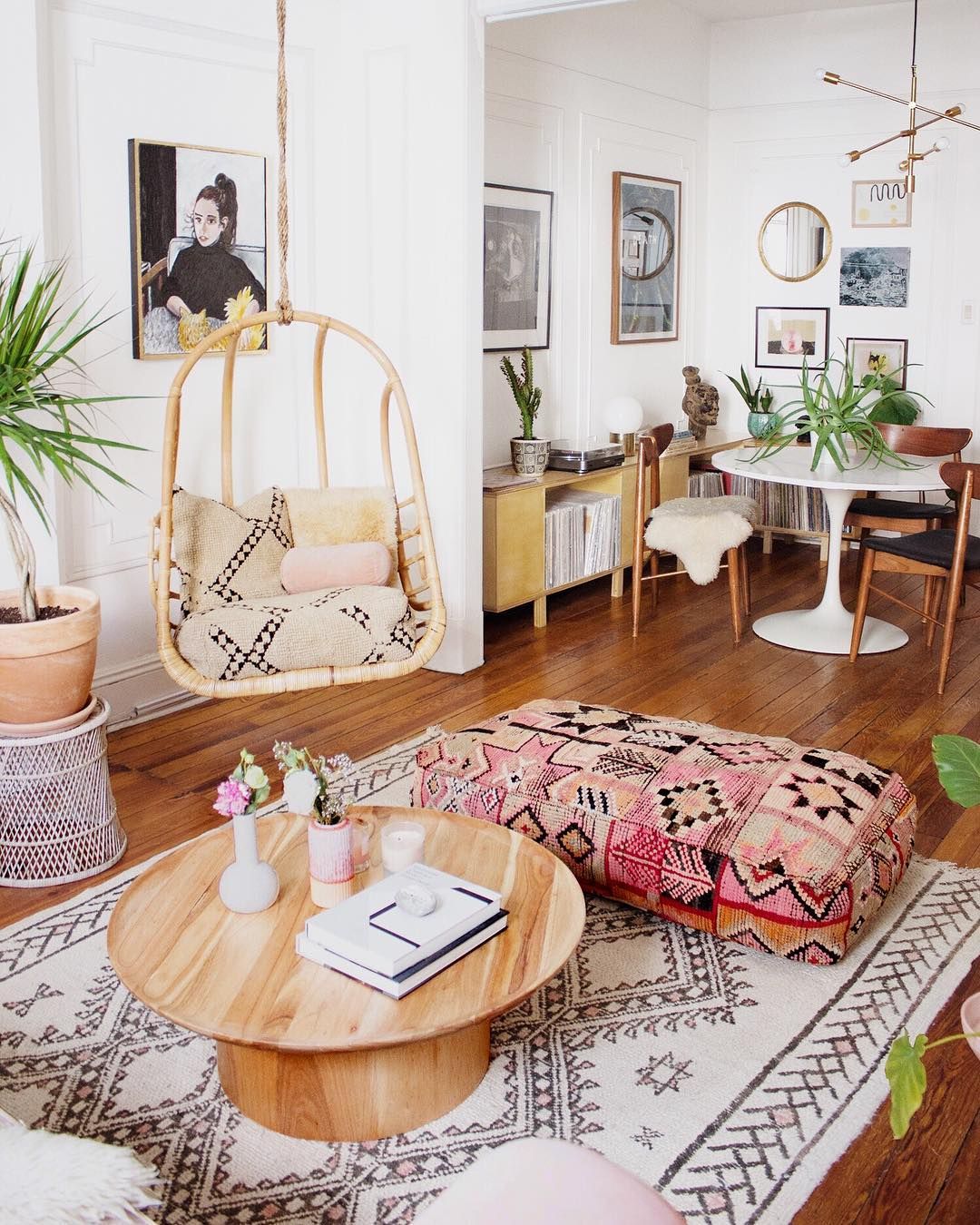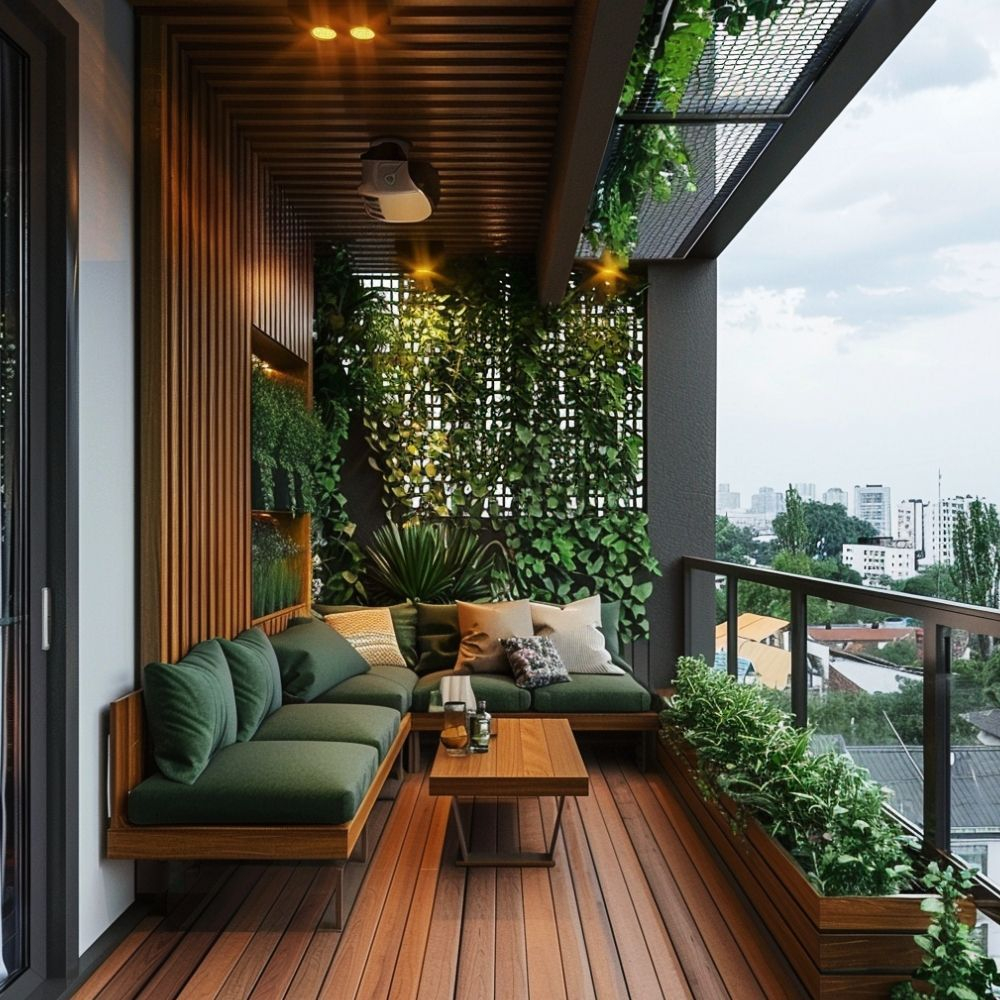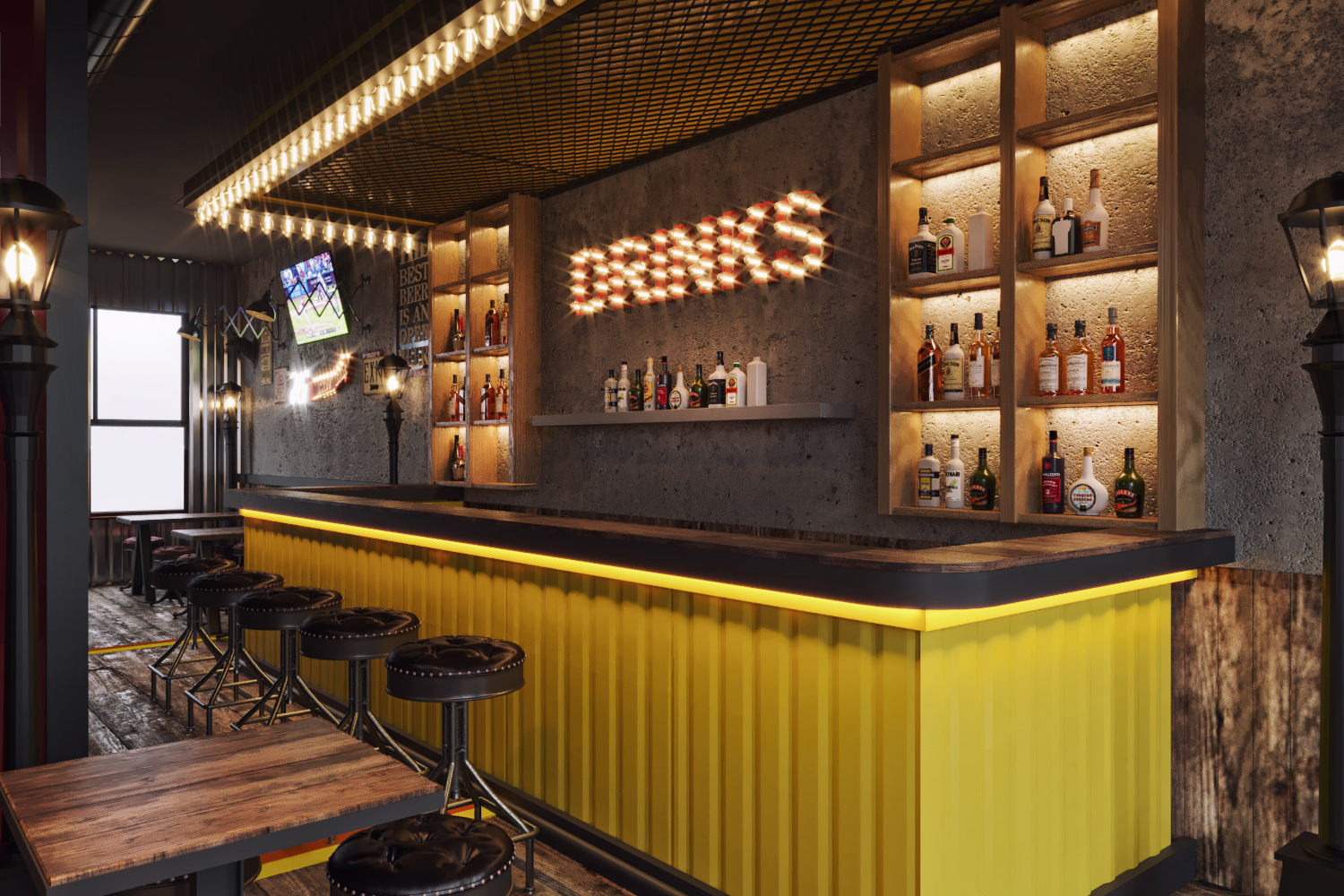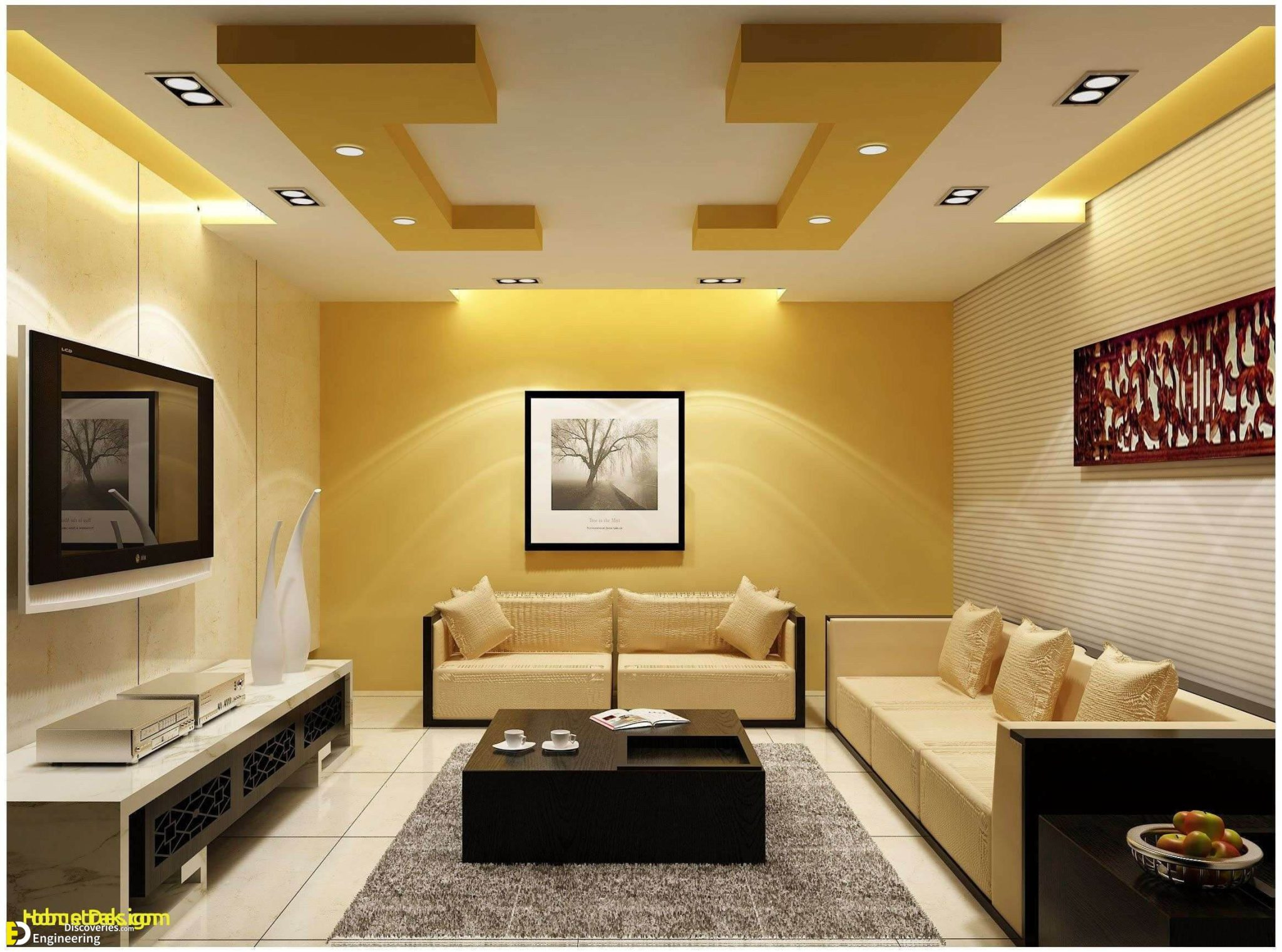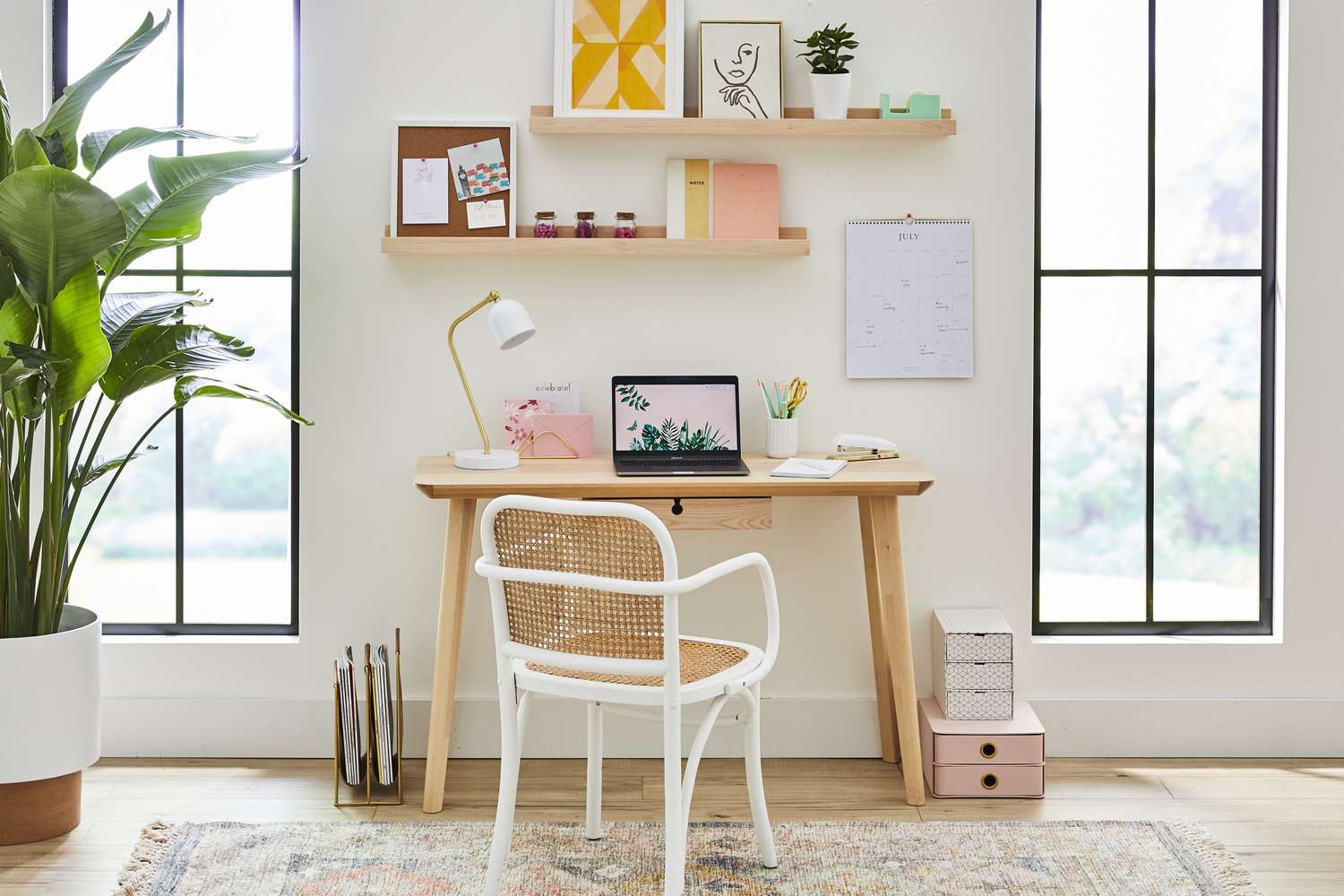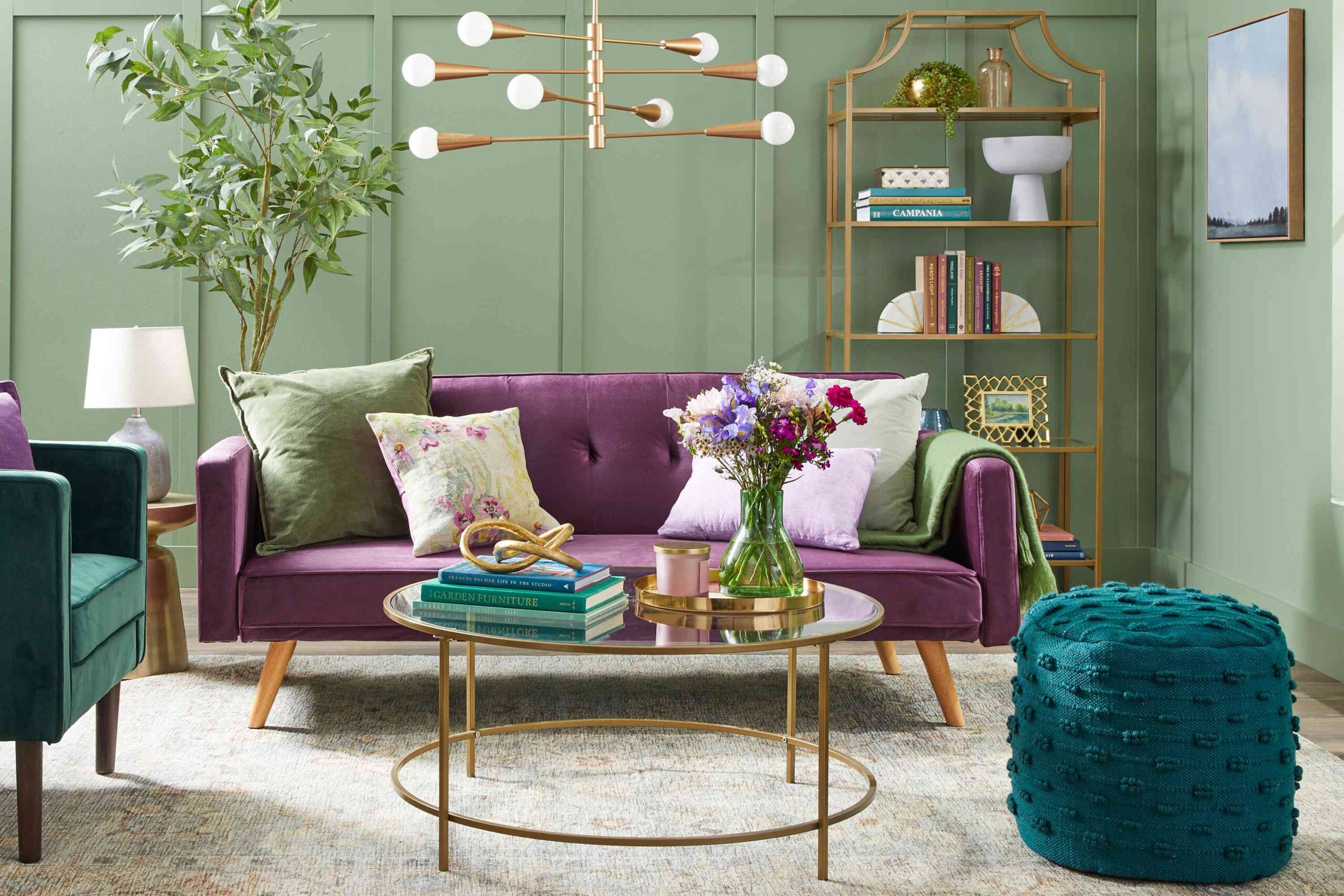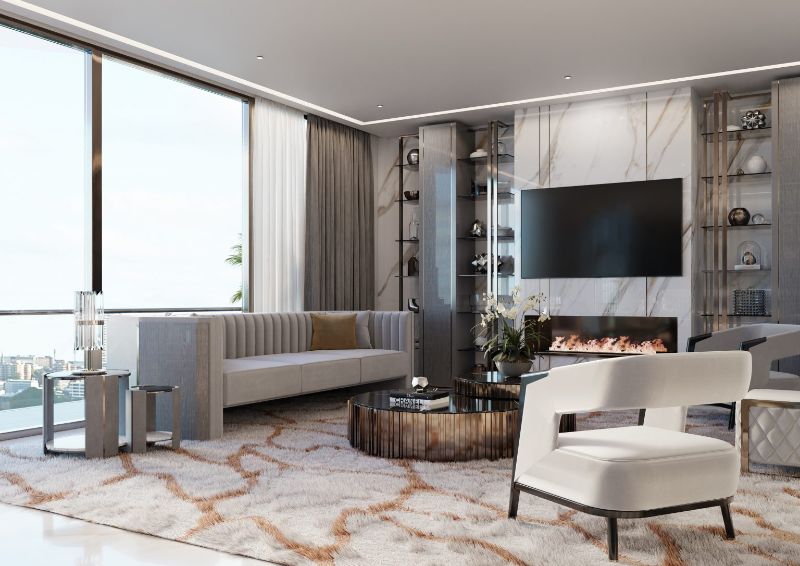Imagine waking up to the gentle rhythm of waves, the salty air kissing your skin, and sunlight streaming through your windows, illuminating a space designed for ultimate peace. Creating a beachfront home that embodies serenity isn’t just about aesthetics; it’s about crafting an experience, a sanctuary where the calming influence of the ocean permeates every corner. Ready to transform your coastal dwelling into a true retreat? Let’s dive in.
There’s something undeniably magical about living by the sea. The vastness of the ocean, the ever-changing hues of the water, and the soothing sounds of the surf all contribute to a unique sense of calm. Capturing this essence within your home’s interior design is key to creating a truly serene beachfront experience. It’s about more than just picking the right colors; it’s about weaving the spirit of the coast into the very fabric of your living space. We’ll explore how to achieve this, from selecting the perfect palette to choosing furnishings that echo the natural beauty outside your door.
Harnessing the Coastal Color Palette
The foundation of any serene space lies in its color scheme, and for a beachfront home, this means drawing inspiration directly from the surrounding environment. Think soft, muted tones that mimic the sand, seafoam, and sky.
- Ocean Blues and Greens: Varying shades of aqua, teal, and deep ocean blue can bring a sense of depth and tranquility. Consider using these for accent walls, throw pillows, or even a statement piece of furniture. They instantly evoke the feeling of being near the water.
- Sandy Neutrals: Warm beiges, creamy whites, and soft grays provide a calming backdrop. These colors create a sense of openness and light, allowing the natural beauty outside to take center stage. They are versatile and pair beautifully with brighter accent colors.
- Coral and Blush Tones: For a touch of warmth and subtle vibrancy, incorporate gentle coral or blush pinks. These hues can add a touch of elegance and resemble the delicate colors found in seashells and sunsets.
Don’t be afraid to mix and match these shades to create a layered and inviting atmosphere. The goal is to create a harmonious flow that feels both natural and sophisticated.
Embracing Natural Materials and Textures
To truly capture the essence of the beach, it’s crucial to incorporate materials that feel organic and tactile. These elements add warmth and depth, preventing the space from feeling sterile.
- Wood: Light-toned woods like driftwood, bamboo, or pale oak lend a natural, airy feel. Consider exposed beams, wooden furniture, or even reclaimed wood accents for a touch of rustic charm.
- Rattan and Wicker: These materials are quintessential to coastal design. Woven furniture, baskets, and lighting fixtures add texture and a relaxed, bohemian vibe.
- Linen and Cotton: Opt for breathable, natural fabrics for upholstery, curtains, and bedding. Their soft textures and muted colors contribute to a sense of comfort and calm.
- Seashells and Natural Stone: Incorporate elements like shell accents, coral pieces (ethically sourced, of course), or natural stone countertops and flooring to bring the outdoors in.
Combining these textures creates a rich sensory experience, inviting you to touch and feel, further enhancing the connection to the coastal environment.
Maximizing Light and Views
Beachfront properties are often blessed with incredible natural light and stunning ocean vistas. Designing your interior to take full advantage of these assets is paramount.
- Sheer Window Treatments: Instead of heavy drapes, opt for sheer curtains or blinds that allow ample natural light to filter in while maintaining privacy. This keeps the space feeling bright and airy.
- Strategic Furniture Placement: Arrange your furniture to face the windows and the ocean views. Create conversational groupings that encourage relaxation and appreciation of the scenery.
- Mirrors: Place mirrors strategically to reflect light and expand the sense of space. A well-placed mirror can double the impact of natural light and offer glimpses of the ocean from different angles.
- Minimizing Clutter: A clean, uncluttered space inherently feels more serene. Keep surfaces clear and utilize smart storage solutions to maintain a sense of order and spaciousness. Less is often more when it comes to creating a tranquil atmosphere.
Incorporating Coastal Motifs Subtly
While it’s tempting to go overboard with nautical clichés, a truly serene design embraces coastal themes with a light touch. The goal is to evoke the feeling of the beach, not to replicate a seaside gift shop.
- Subtle Accents: Think about incorporating elements like rope details on furniture, abstract art that hints at waves or sunsets, or decorative pieces reminiscent of sea glass.
- Natural Elements: Driftwood sculptures, large potted palms, or arrangements of dried sea oats can bring a touch of nature indoors without being overtly thematic.
- Pattern Play: If you do use patterns, choose subtle ones like gentle wave motifs, abstract watercolor prints, or textures that mimic sand or water. Avoid busy or overly literal nautical symbols.
The key is to weave these elements in seamlessly, allowing them to enhance the overall calming ambiance rather than dominate it.
Creating Zones for Relaxation and Comfort
Your beachfront home should be a place to unwind and recharge. Designing specific areas for relaxation ensures that comfort is always a priority.
- Cozy Seating Areas: Arrange plush sofas and comfortable armchairs to create inviting nooks for reading or conversation. Soft throws and ample cushions are a must.
- Indoor-Outdoor Flow: If possible, enhance the connection between your indoor living spaces and outdoor patios or balconies. Glass doors that slide open can blur the lines between inside and out, extending your serene environment.
- Ambient Lighting: Beyond natural light, think about creating a warm and inviting atmosphere with layered lighting. Dimmers, floor lamps, and table lamps can help set a mood for relaxation in the evenings.
- Aromatherapy: Consider incorporating subtle scents like sea salt, lavender, or eucalyptus through diffusers or candles to further enhance the tranquil sensory experience.
The Importance of Simplicity and Flow
Ultimately, the most impactful element of serene beachfront interior design is its adherence to simplicity and a sense of effortless flow. This means avoiding visual clutter and ensuring that the space feels open and easy to navigate.
- Curated Decor: Be intentional about every item you bring into your home. Choose pieces that are meaningful or functional, and that contribute to the overall feeling of peace.
- Open Floor Plans: If you have the opportunity, consider layouts that promote an open flow between living areas. This enhances the sense of space and light.
- Mindful Color Choices: Stick to your chosen palette and use it consistently. Too many competing colors can disrupt the sense of calm.
- Balance: Strive for a balance between comfort and style, between natural elements and refined finishes. It’s about creating a space that feels both lived-in and luxurious.
By focusing on these principles, you can create a beachfront sanctuary that truly reflects the peaceful beauty of its surroundings.
Transforming your beachfront home into a haven of serenity is a journey of thoughtful design and intentional choices. By embracing a calming color palette, incorporating natural materials and textures, maximizing light and views, and infusing subtle coastal motifs, you can create a living space that resonates with peace and tranquility. Remember, the most beautiful beachfront interiors are those that capture the essence of the ocean – its vastness, its calmness, and its enduring beauty. So go ahead, let the soothing spirit of the sea inspire your home, and create a sanctuary you’ll never want to leave.

